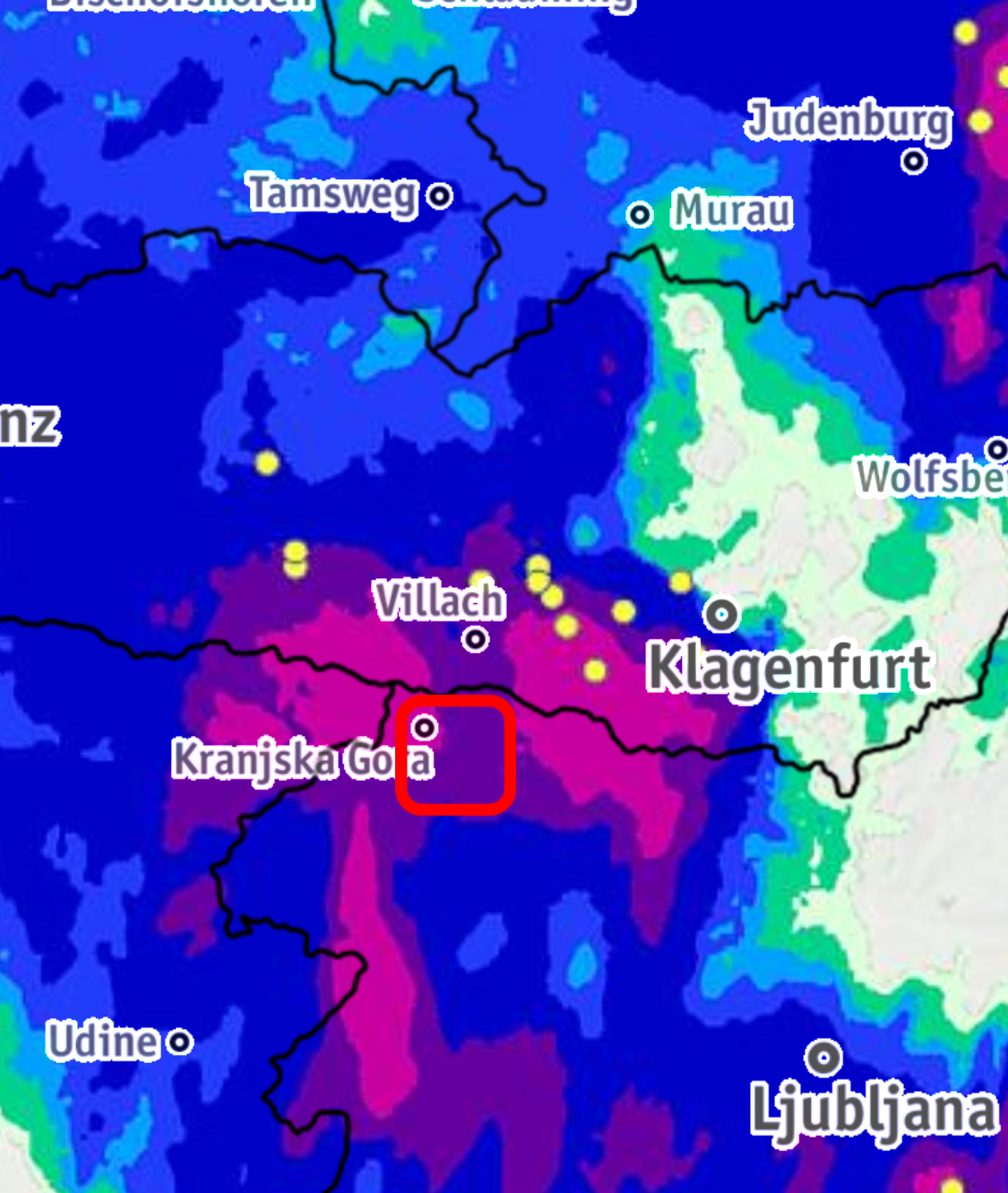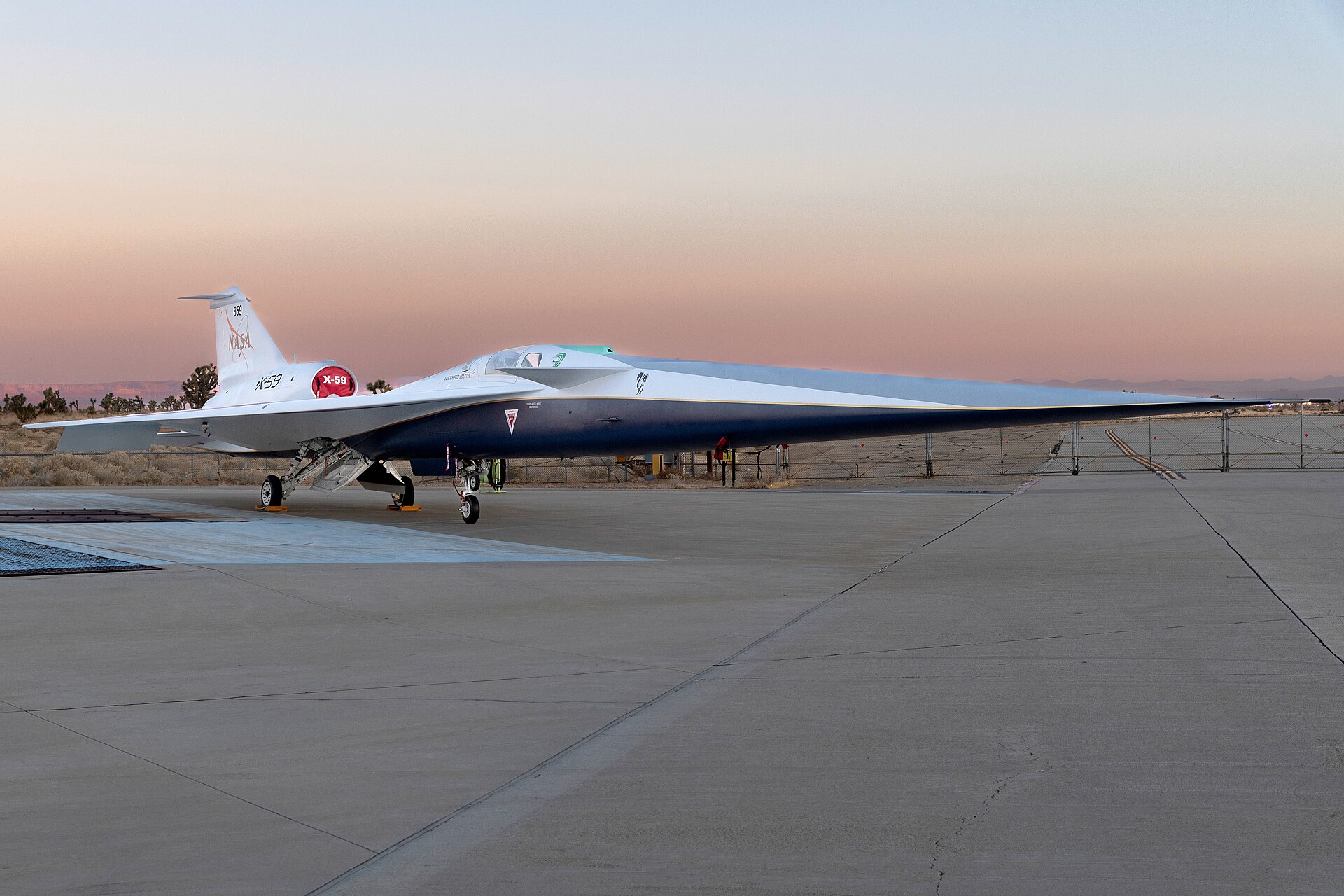TWIL #27: From Alpine weather to Space Exploration

Every Sunday, I share a few of my learnings, reflections, and curiosities from the week. Things I stumbled upon, things I questioned, things that made me look twice. It’s not about being right or complete… it’s about noticing, wondering, and learning out loud.
Thanks for reading. I hope it sparks something for you too.
The Alpine weather
We’re now in Austria, in the Karnten region. Surrounded by green slopes and jagged peaks, it feels like the perfect postcard…. except, apparently, we were supposed to be underwater by now.
Before crossing the border, we spent a final day in Slovenia under sheets of rain. Sixty litres per square metre fell in just 24 hours. Roads turned into rivers. Campsites turned to swamps. The weather warnings were clear: more was coming. Especially in Austria. Flooding was possible in Tirol. The skies were closing in.
Below is a screenshot I took of one of the many heavy rainclouds passing over us.

So I did the rational thing. I downloaded a specialised Alpine weather app and paid for a subscription to get the detailed pro data. Something serious. Designed, apparently, for people who really want to know how wet they’ll be at 2:15 in the afternoon. Based on the data of hundreds of weather stations.
Only, it was never right.
Not even close.
Every forecast changed by the hour. Storms turned to sun. Thunder turned to scattered clouds. And most of the time, despite the warnings, the weather in Austria was surprisingly pleasant. We hiked. We ate outside. The rain came later, or not at all.
Still, I found myself stressed. The app had told me litres of water were approaching, and I believed it. I watched clouds form like threats. I measured the day in radar loops. And I was already looking at camp sites in Germany… That’s when my wife, calm and clear as ever, said, “Let’s just look at it day by day.”
She was right (no… not as always! I will never admit to that!) So, as you can imagine, I did some research how this Alpine weather works.
The Alps make their own weather. Here’s how:
- Mountains are natural weather disruptors. When warm, moist air travels from lower regions and hits the mountains, it is forced to rise. As it rises, it cools rapidly, causing condensation and rain. This is called orographic lift. One side of the mountain gets soaked, while the other side might stay dry.
- Every valley is its own climate zone. The shape of the land traps or channels air masses in unique ways. A sunny valley can sit right next to one hidden in fog. This makes broad forecasts almost useless.
- Temperature changes fast with altitude. For every 100 metres you climb, the air gets about 1°C cooler. That shift alone can turn a warm breeze into a sudden thunderstorm higher up.
- Weather gets stuck. The mountains can block or redirect storm systems. A weather front that moves quickly through flatlands may stall over the Alps for hours or spin in place, pouring rain into one area while skipping the next completely.
Even professional meteorologists admit it’s nearly impossible to forecast Alpine weather with precision. What looks like certainty on a map is often guesswork by the time it reaches the peaks.
So we stopped trying to outsmart the sky. We stepped outside instead.
The Alps are a vertical continent
During my weather research I came across this interesting article on the climate of the alps. According to climatologists, the Alps compress almost all of Europe’s major climate zones into a single vertical slice.

At the foot of the mountains, you find a Mediterranean feel. Dry, warm, with vineyards and lavender. A few hundred metres higher, you enter the more temperate world of central Europe, with its mixed forests and cooler breezes. Climb further, and you’re in the subalpine zone: conifers, cool air, open meadows.
But keep going, and by 2,500 or 3,000 metres, you’re in a climate that behaves like the Arctic. Snowfields linger even in summer. Winds whip across barren rock. Life slows down, clinging to the edges.
It struck me how strange it is: you can walk through the equivalent of an entire continent’s climate zones in a day. It’s beautiful. But also: impossible to predict.
NASA is imploding
Once, NASA stood as a monument to human daring.

It put footprints on the Moon, rovers on Mars, and telescopes among the stars. It wasn’t just a space agency. It was humanity’s imagination made real.
But this week, it quietly lost nearly 2,000 employees.
Budget cuts, political pressure, and early retirement programs have reduced NASA’s workforce. Engineers. Scientists. Flight directors. Many are walking out the door, taking decades of experience and knowledge with them.
This isn’t just a personnel change. It’s a slow erosion of an institution that once stood for boldness, wonder, and exploration. And yet, even as it contracts, NASA is still doing extraordinary things.
Here are just a few:
The X-59 Quiet Supersonic Jet

A radical experimental aircraft designed to fly faster than sound without the sonic boom. If it works, it could bring back commercial supersonic flight and change how we move around the world.
Earth monitoring from Space

NASA satellites like Landsat 9 and Sentinel-6 are giving us detailed, real-time views of sea level rise, wildfires, and climate change. Without them, we’d know far less about the planet we’re trying to save.
Greener aviation

The Sustainable Flight Demonstrator project is developing aircraft that use dramatically less fuel, with the goal of cutting emissions from commercial flight by up to 30 percent.
Medical research for Earth
NASA is shrinking. But its curiosity hasn’t stopped, yet…
Let’s hope it remains a force to be reckoned with!





